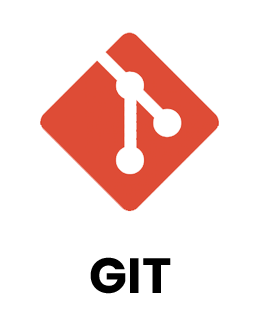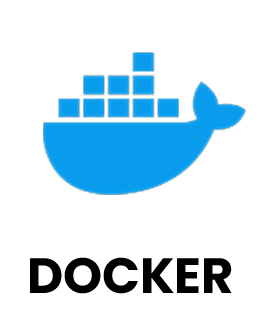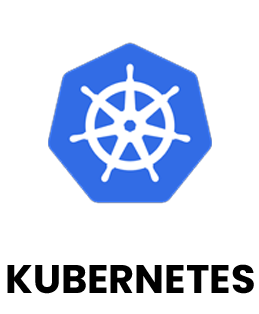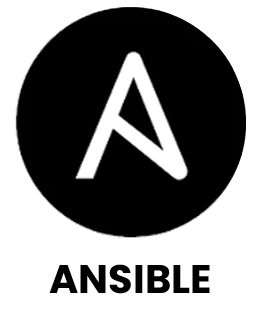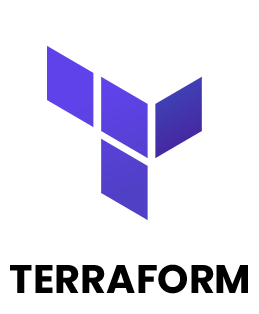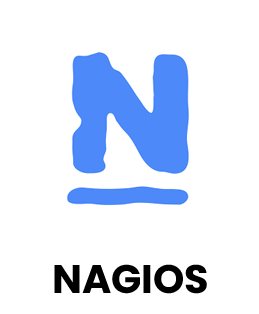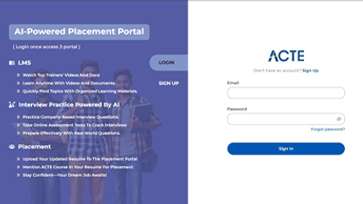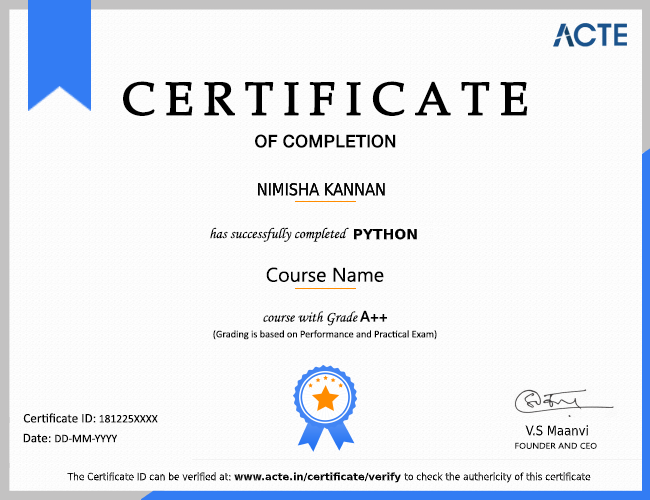
Live Instructor LED Online Training
Learn from Certified Experts
- Beginner & Advanced level Classes.
- Hands-On Learning in Learn Kubernetes with AWS and Docker .
- Best Practice for interview Preparation Techniques in Learn Kubernetes with AWS and Docker .
- Lifetime Access for Student’s Portal, Study Materials, Videos & Top MNC Interview Question.
- Affordable Fees with Best curriculum Designed by Industrial Learn Kubernetes with AWS and Docker Expert.
- Delivered by 14+ years of Learn Kubernetes with AWS and Docker Certified Expert | 14321+ Students Trained & 497+ Recruiting Clients.
- Next Learn Kubernetes with AWS and Docker Batch to Begin this week – Enroll Your Name Now!


